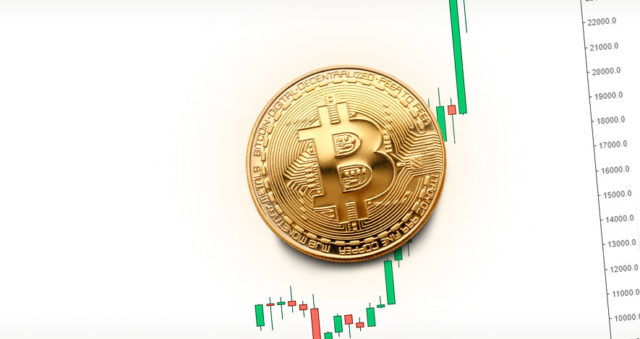- The growing tensions between the US and China caused a massive sale of USD.
- The Bank of Canada will have a monetary policy meeting next week.
- The USD/CAD is negotiated in new minimums of several months and seeks to extend the fall.
The US dollar (USD) collapsed during the European negotiation hours on Friday, after the news that China announced additional tariffs over the United States (USA). On Thursday, the White House confirmed tariffs on China of 145%, higher than the 125% estimated above.
As a result, the Chinese Finance Ministry said it would increase additional taxes on US imports from 84% to 125%, according to Reuters, starting April 12. The endless trade war between Beijing and Washington caused the massive sale of USD throughout the foreign exchange market, resulting in the USD/CAD to negotiate around 1,3880 at the time of writing, a level that was not seen since November 2024.
The concerns revolve around a possible recession in the US, along with new inflationary pressures as a result of retaliation taxes between the two largest economies in the world.
The macroeconomic calendar will include today the Producer Price Index (IPP) of March and the preliminary estimate of the Michigan consumer’s feeling index, which is expected to fall in April to 54.5 from 57 in the previous month.
Canada is scheduled to announce the March Consumer Price Index (CPI) on Tuesday, while the Canada Bank (BOC) will decide on monetary policy next Wednesday. In fact, the latter will focus on the impact of tariffs on monetary policy decisions, since beyond the commercial war between the US and China, the American country imposed tariffs on Canada.
Canadian dollar today
The lower table shows the change percentage of the Canadian dollar (CAD) compared to the main currencies today. Canadian dollar was the weakest currency against the euro.
| USD | EUR | GBP | JPY | CAD | Aud | NZD | CHF | |
|---|---|---|---|---|---|---|---|---|
| USD | -1.52% | -0.92% | -1.20% | -0.58% | -0.03% | -1.08% | -0.58% | |
| EUR | 1.52% | 0.57% | 0.23% | 0.90% | 1.48% | 0.39% | 0.90% | |
| GBP | 0.92% | -0.57% | -0.30% | 0.32% | 0.90% | -0.19% | 0.34% | |
| JPY | 1.20% | -0.23% | 0.30% | 0.62% | 1.25% | 0.22% | 0.72% | |
| CAD | 0.58% | -0.90% | -0.32% | -0.62% | 0.56% | -0.49% | 0.01% | |
| Aud | 0.03% | -1.48% | -0.90% | -1.25% | -0.56% | -1.06% | -0.55% | |
| NZD | 1.08% | -0.39% | 0.19% | -0.22% | 0.49% | 1.06% | 0.51% | |
| CHF | 0.58% | -0.90% | -0.34% | -0.72% | -0.01% | 0.55% | -0.51% |
The heat map shows the percentage changes of the main currencies. The base currency is selected from the left column, while the contribution currency is selected in the upper row. For example, if you choose the Canadian dollar of the left column and move along the horizontal line to the US dollar, the percentage change shown in the box will represent the CAD (base)/USD (quotation).
Source: Fx Street
I am Joshua Winder, a senior-level journalist and editor at World Stock Market. I specialize in covering news related to the stock market and economic trends. With more than 8 years of experience in this field, I have become an expert in financial reporting.







